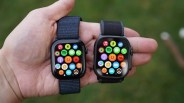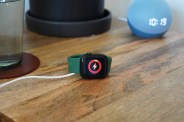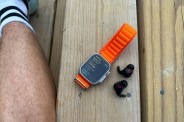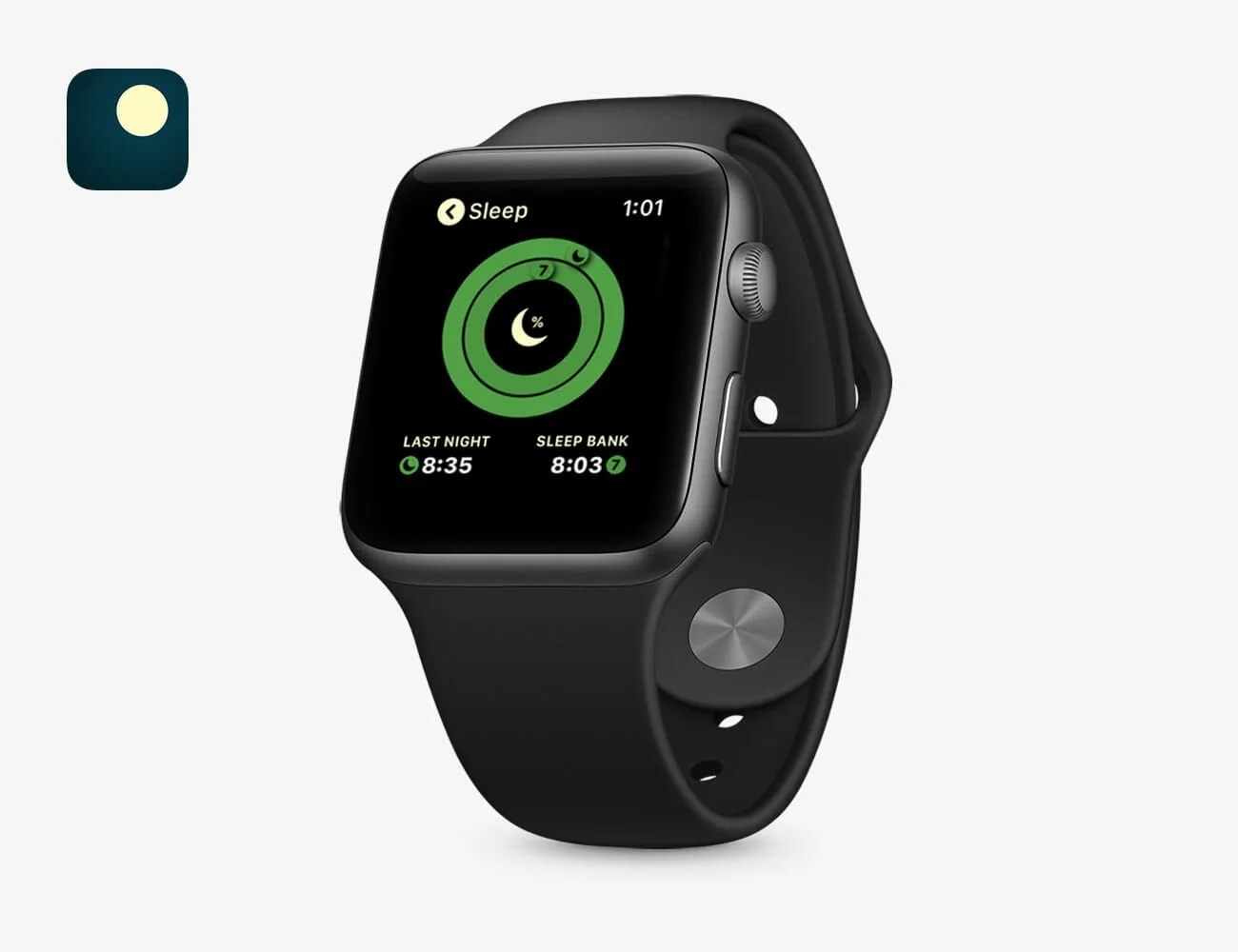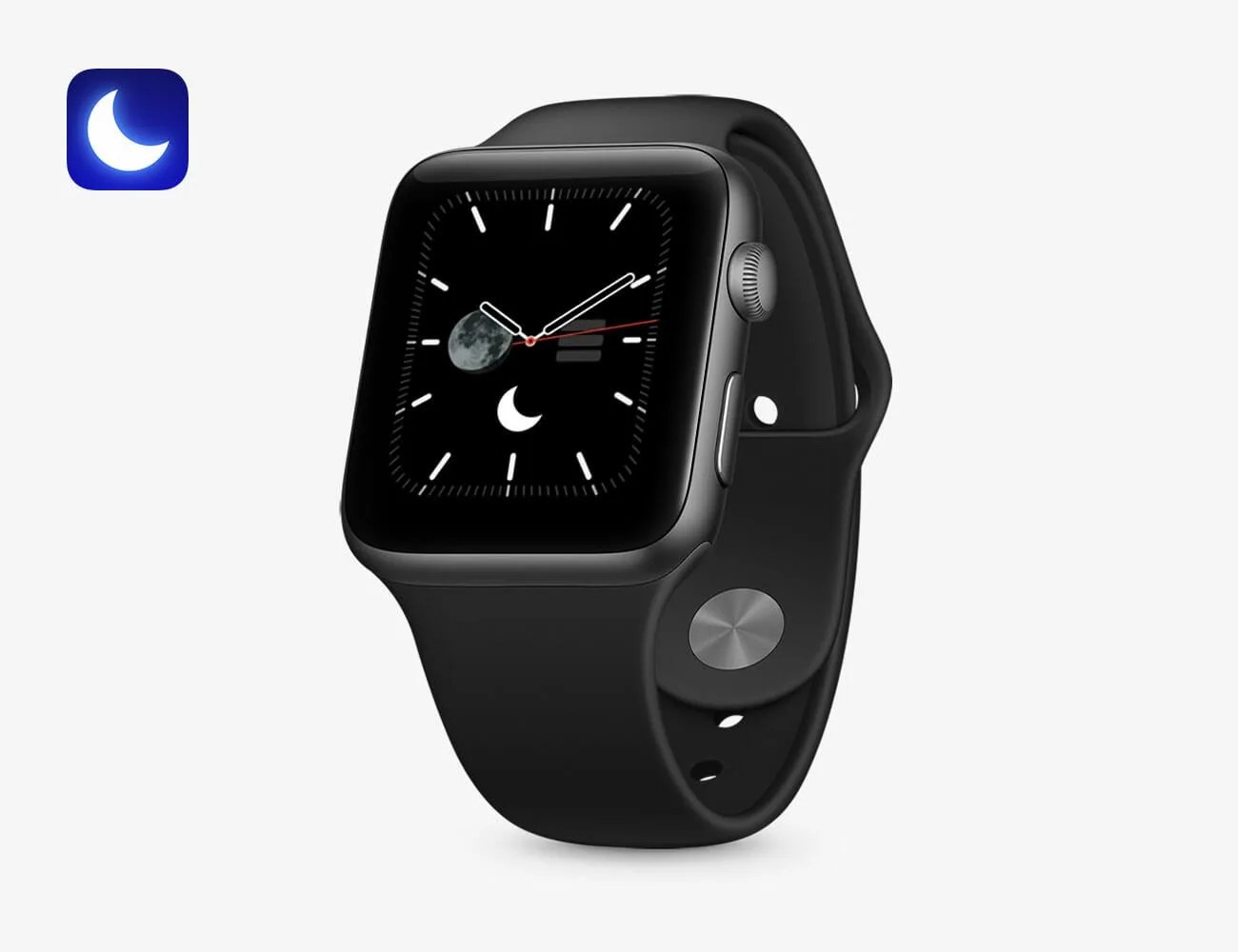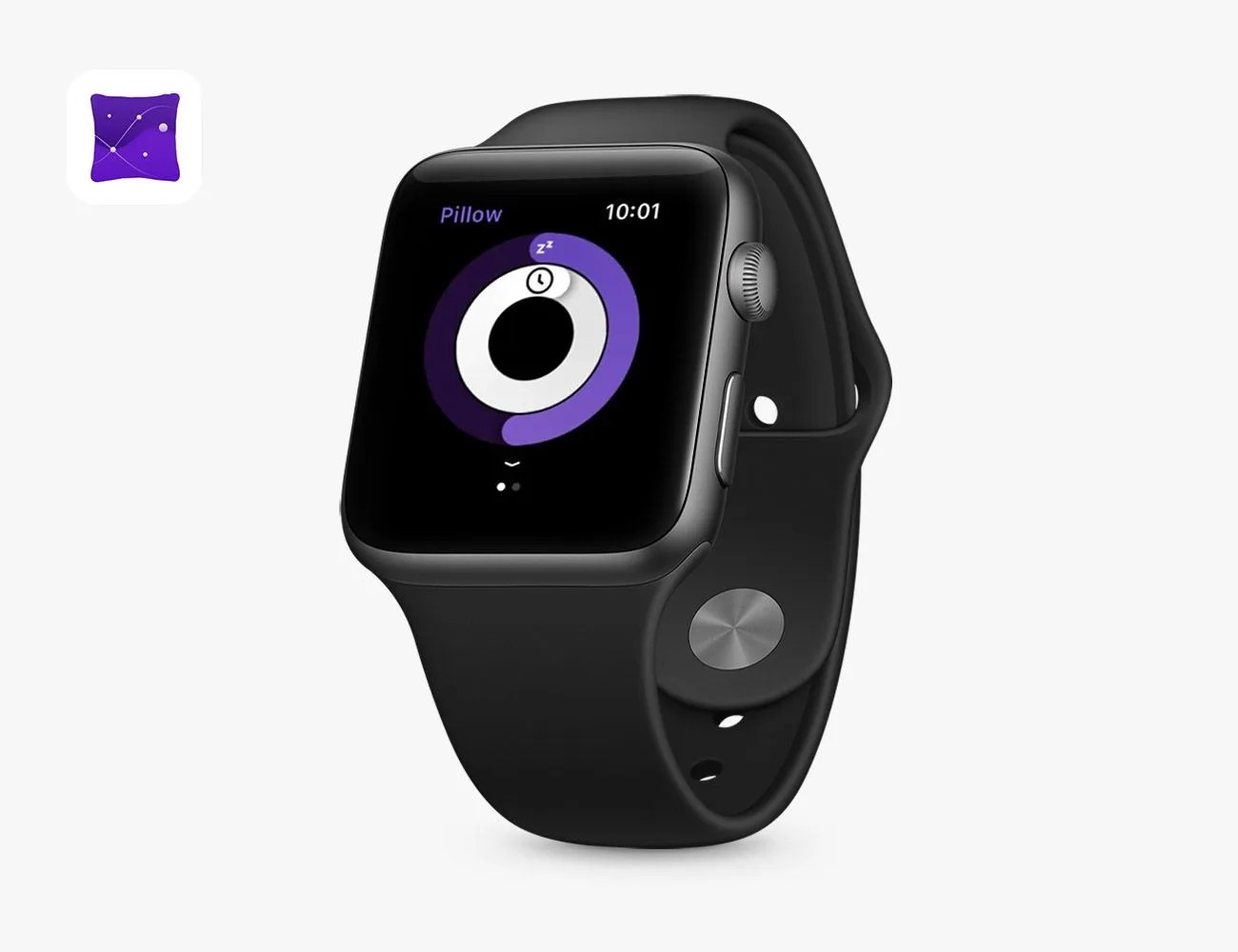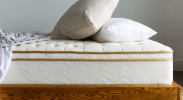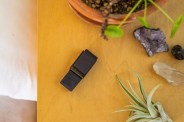Apple didn’t make a sleep tracking app for the Apple Watch for years and years. Its rationale was that the Apple Watch’s battery life, which typically lasts about than 24 hours, wasn’t prepared for it, and Apple therefore recommended that you charge your Apple Watch at night instead. This didn’t stop people from wanting a sleep tracking app for their Apple Watch — and several third-party developers obliged.
Products in the Guide
Of course, Apple officially released its own sleep tracking app — Sleep — as part of watchOS 7 (in late 2020), and it’s compatible with every current Apple Watch (Series 3 or later). Apple’s new Sleep app works very similarly to the third-party sleep apps that you may or may not have used for years. And yes, it integrates your sleep tracking data directly into Apple’s Health app.
But there are still reasons to use a sleep-tracking app that’s not the Sleep app. It mostly comes down to user-interphase and the way you view the data that the app actually tracks. Because, well, Apple’s Sleep is pretty basic (which some people might like, and others will desire something more).
What Sensors Are Used for Sleep Tracking?
The Apple Watch primarily uses two sensors for sleep tracking: its accelerometer and its heart rate sensor. The accelerator is used to track your body’s movement throughout the night, whether you are tossing and turning or being still; it’s also used to track your respiratory patterns or how many times you take a breath per minute during your sleep. The heart rate sensor is used to measure your heart rate and then compare it with your breathing patterns. The Apple Watch will analyze your metrics to determine how deeply or lightly you were sleeping at a given part of the night.
Key Features to Look for
Automatic sleep detection: This is a pretty obvious yet really important feature for any sleep tracking app. Instead of making you initiate when you fall asleep, the app uses the Apple Watch’s sensors — such as heart rate, accelerometer (for breathing and movement) and mics (for noise) — to identify when you fall asleep. The end result is a more convenient and more accurate way of tracking sleep.
Sleep quality: Most sleep tracking apps for the Apple Watch show you stats about your sleep and also how well (or deep) you were sleeping during the night. In the morning, you can then check your stats to see when you were sleeping well (or deeply) versus no so well (or lightly)
Sleep schedules and goals: Most apps allow you to set sleep schedule goals. You can have different schedules for different nights of the week, of which you’ll get alerts when it’s time to start winding down (stop looking at screens) and getting your body ready for bed. You can also set wake-up times, too.

